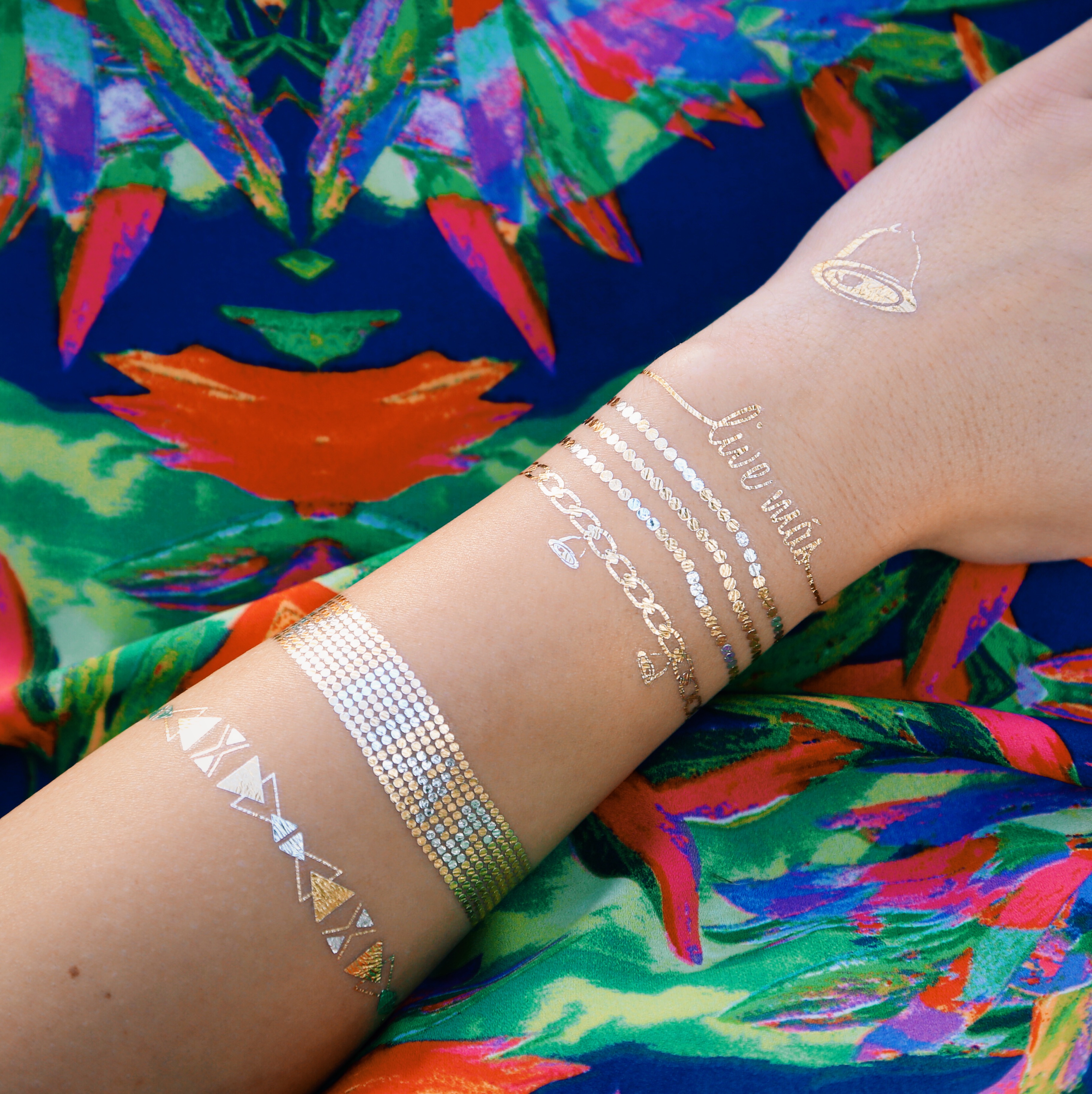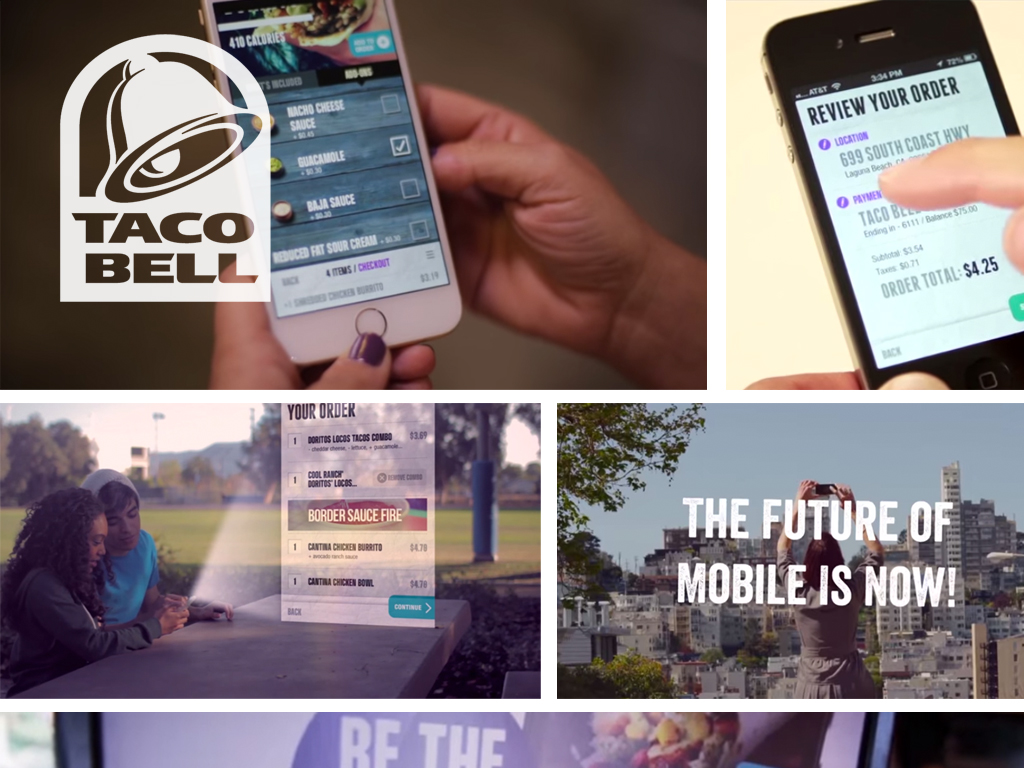Taco Bell is clearly a brand that knows its audience and is able to consistently deliver content its target wants and eagerly consumes. So what’s Taco Bell’s secret? And what can marketers learn from Taco Bell’s social media strategy?
Tressie Lieberman, senior director of digital marketing platforms and social engagement at Taco Bell, and Winston Binch, partner and chief digital officer at the brand’s agency Deutsch North America, spoke recently at Ad Age’s digital conference and shared some insight.
Even though there’s a lot to keep up with and she jokes there will “probably be a few new social platforms that launch while we’re here,” Lieberman said, “I don’t think there could be a better time to be a marketer.”
That’s because marketers can now have direct conversations with consumers.
“Instead of sitting behind glass and listening to a focus group, we now have access to 20 million consumers and can be inspired by them and connect with them and have real relationships with them,” she said.
But the bar is also a lot higher.
“No one cares what you have to say,” Binch said. “Attention is scarce and [competition] is sky-high and outside of live televised events, ads are easier to skip. Lives are increasingly on demand and we have to deal with it.”
That means brands have to invent original and shareable ideas.
“We’re competing with culture itself: Cats, Left Sharks and BuzzFeeds, etc.,” Binch said. “Anyone who has idea can put it out there. That’s what we’re working against and with.”
So what can brands do to win?
Social Media Dominance the Taco Bell Way
1. Act Like A Fan, Not A Corporation
“Stop being a marketer,” Lieberman said. “We threw out the 5 Ps and started going back to the basics. Just be yourself. That’s something you hear throughout your life. It shouldn’t be different for a brand.”
Like a person on a journey of self-discovery, perhaps, Lieberman sad that has meant the Taco Bell brand itself has had to do a lot of work to understand who it actually is as well. In other words, she said the brand wants to be genuine on social media as opposed to attempting to create a social persona.
Case in point: Lieberman says the brand used to take professional shots of food that had been painstakingly arranged just so, but the brand has since pivoted to looking at its food instead from the consumer’s point of view.
“Things have definitely changed,” Lieberman says. “We want food to look as if [consumers] were taking photos themselves.”
And, Binch notes, Taco Bell saw conversion numbers jump when it started using real pictures.
“Being a lifestyle brand, it’s not just about food and photos. It’s ‘do unto others as you would do unto you.’” Lieberman said. “We’re creating content now that’s endemic to the platform and thinking about things they want to talk about.”
2. Hire Internet Kids, Turn Them Loose
Another popular theme at the Ad Age event was making sure brands with young employees that are digital natives are actually tapping into that talent and giving them the tools necessary to succeed. And Taco Bell is no different.
“When I visited Taco Bell, there’s a bunch of kids in a fishbowl analyzing data,” Binch said. “Let them loose and let them make mistakes, but be in the wings to push innovation.”
Part of Taco Bell’s tremendous digital success to date has been because it has tapped into its young internal creators who know the brand and can help others within the organization remain connected to their peers via internal efforts like the Millennial Word of the Week.
In addition, Lieberman said Taco Bell was the first brand on Snapchat with a Valentine’s Day effort that resulted in photos from more than 100,000 fans, citing “major passion that came from people who know the platform and are able to innovate.”
3. Adopt An Explorer Mentality
Per Lieberman, brands have to learn by doing and “being prolific and not precious.”
This doesn’t necessarily require a lot of capital expenditure either – it’s more about trying out platforms the way fans would, such as Taco Bell’s first Snapchat film, which she said helped the brand double its Snapchat followers to about 120,000.
This effort, she said, goes back to acting human on a social platform and providing content “in the same way you look for content from friends.”
YouTuber Tyler Oakley, for example, is what Lieberman calls “a friend of the brand” and a fan who “just loves Taco Bell,” so the brand “continues to stay in a relationship with him,” which sometimes means just tweeting back and forth.
“We made him some art for his birthday,” Lieberman said. “We wanted to make it personal. It’s not about one-size-fits-all. It’s a personal relationship.”
4. Make The Product The Message
Brands have to instill a social mindset into the organization, Lieberman said.
“The job of the social team is much easier when they have something to talk about. You can really break through with a little budget,” she added.
She points to an image of a Taco Bell cereal hybrid, Cap’n Crunch Delights, which was taken by in-house creator and posted on Instagram, but trended on Twitter “within a minute…because the product has social currency built in.”
Found this in the test kitchen. #CapnCrunchDelights pic.twitter.com/9CJJ9UHXNs
— Taco Bell (@tacobell) February 27, 2015
5. If It Doesn’t Spread, It’s Dead
In other words, Lieberman said, “The more complicated it gets, the harder it is to talk about, so keep it simple.”
Look at the example of the Taco Bell mobile ordering app, which solved a consumer need by providing a personalized experience and allowing customers to feel like VIPs whenever they go to Taco Bell because they can skip the line and are called by name.
“When we designed it, we wanted it to be social first,” Lieberman said. “It’s about showing food as you enjoy it in a restaurant and that made all the difference.”
In addition, at launch, Lieberman said the brand tapped the power of passionate consumers and did a blackout across its social channels, which got fans talking and moved the app from a ranking of 1,300 to 22 in the App Store in 11 hours.
“It’s about doing it in the right way to provide value,” she said.
6. It’s About Brand Lovers, Not Influencers
According to Binch, “Too often…influencers are people who are interested and have fan bases, but aren’t connected in any meaningful way, which is bad advertising.”
He points to the brand’s recent Breakfast Defectors campaign that sent out kits to fans, who, in turn “shared them like crazy.”
“The work we do works because it connects with the fan. It’s built to the audience,” Lieberman said. “The biggest piece of advice I would give is it comes back to being human and being true to yourself. Start with the brand and lean in and be authentic to who you are.”
7. Avoid Real-Time Desperation
Sounding something like a guidance counselor, Binch cautions brands not to try too hard to fit in.
“Be cool, be calm, be yourself. Be who you as a brand are in the world. Taco Bell has a unique position in the world. It effects everything, every channel, every piece of work,” he said. “Don’t chase The Dress. You don’t need to.”
Instead, Binch said, find subject matter that matters to brand, and start and spread those conversations.
“Real-time marketing drives me bananas,” Lieberman said. “Why do you have something to say on that subject?”
Although, she concedes, real-time forces brands to be nimble, lean and ready to respond and brands do need to be listening and to jump on things when they happen sometimes. She uses the example of a hoax in the town of Bethel, Alaska and a rumor that Taco Bell was coming.
“They were so excited and freaked out and it ended up being a rumor and this ended up being national news coverage,” she said.
So, she said, Taco Bell decided to make it right by showing up “in a uniquely Taco Bell way” by hiring a helicopter to pull a taco truck into town and then the brand turned that footage and live content into another campaign.
According to Binch, this also gets back to the point about turning smart young people loose and also highlights the need for speed on social as just 18 days passed between the Twitter rumors and the truck’s arrival.
“What I love about this is this turned into something much bigger for the Taco Bell brand,” Lieberman said. “We built a relationship with the town of Bethel.”
She also uses the example of the taco emoji and the brand’s Change.org petition that has more than 30,000 signatures. Despite another recent update to emojis, there is still no taco, so Lieberman said the brand will continue to champion the cause in part because it has helped earn more than 350 million media impressions.
“It’s about mutual respect, honesty and talking things out and asking, ‘Is it right for the consumer? Why would they share it? What does Taco Bell have to do with it? How do you make it feel almost like anti-advertising?’” Lieberman said.
8. Focus On Relentless Customer-Centricity
At the end of the day, Lieberman said, “Being focused on the consumer is what it’s all about,” and the brand has “a lot of deep love for the customer.”
Further, an obsession with customers means brands don’t even need fancy analytics tools, but can instead simply search for hashtags on social platforms to “really get to know customers,” she added. “We’re focused on them. It all goes back to why we’re here.”
Does your social media strategy include featuring original and shareable ideas?




